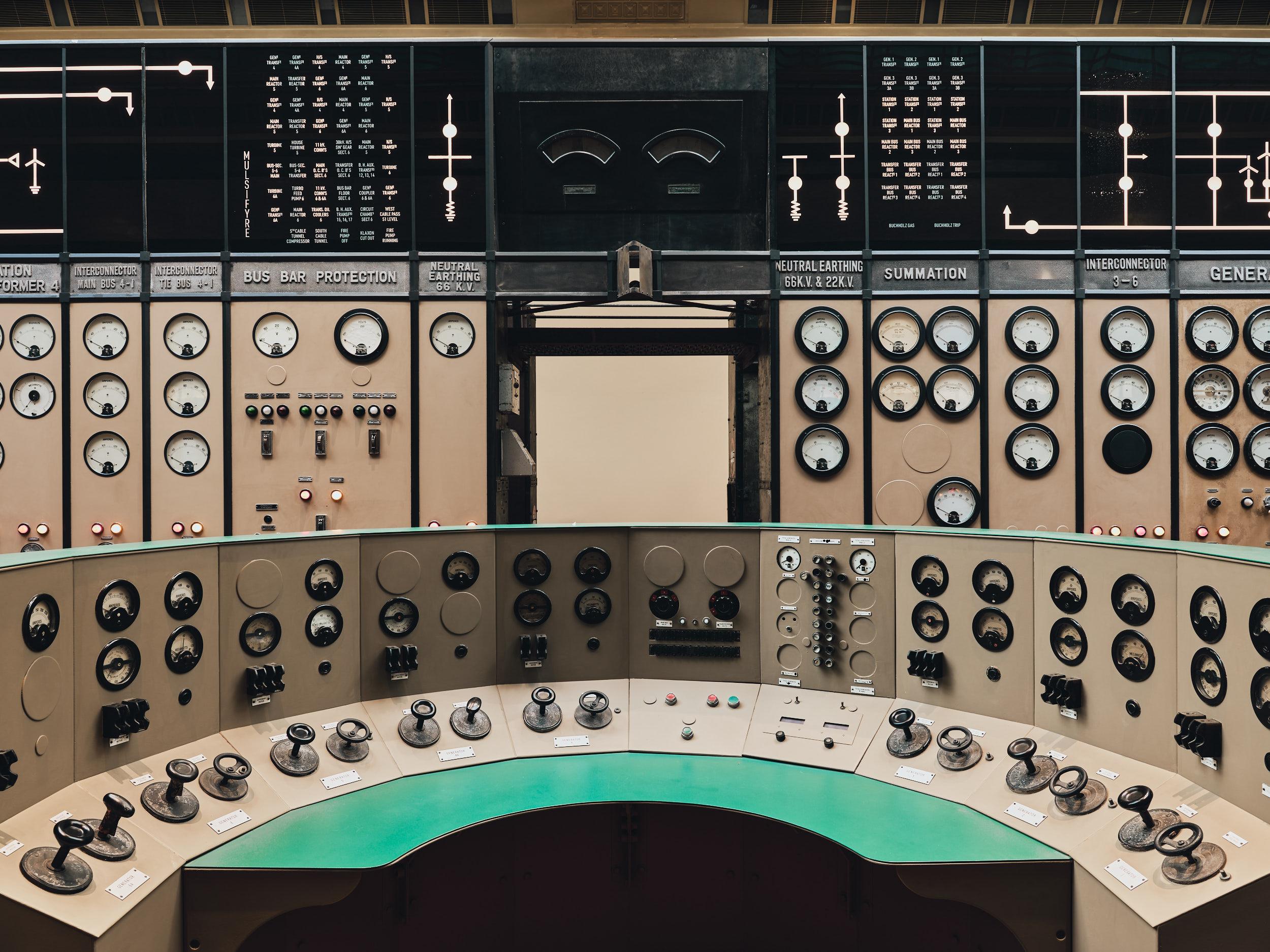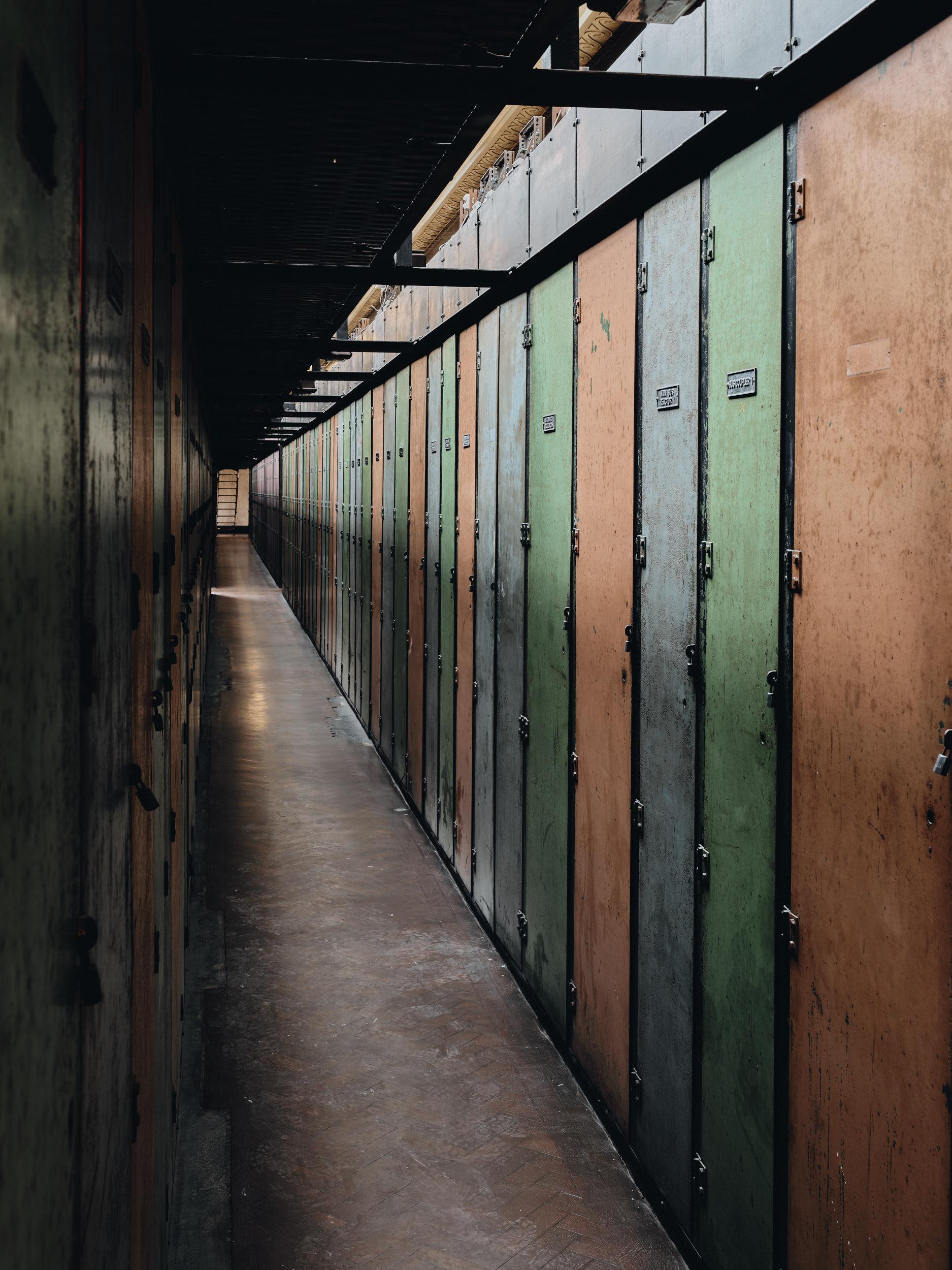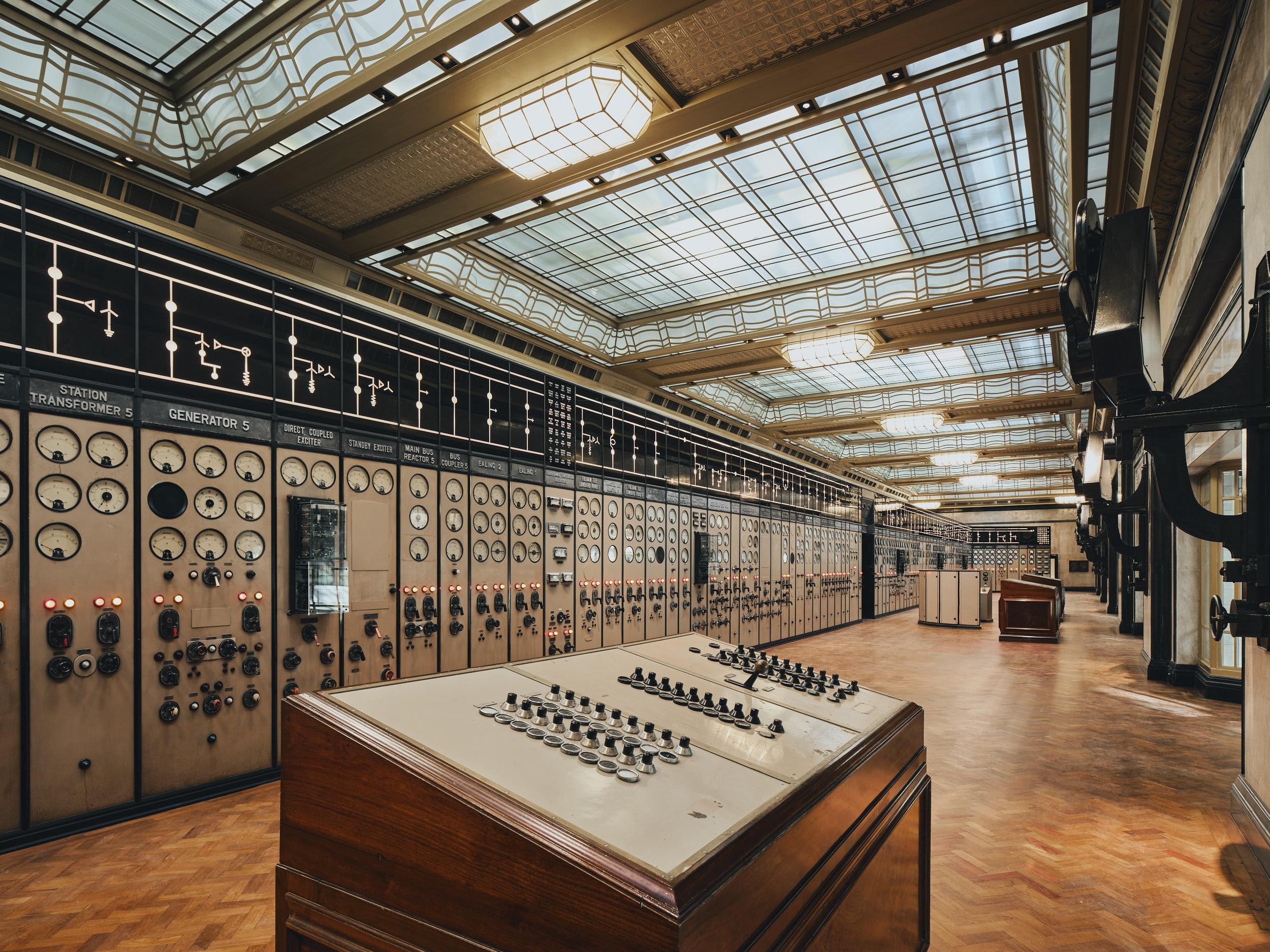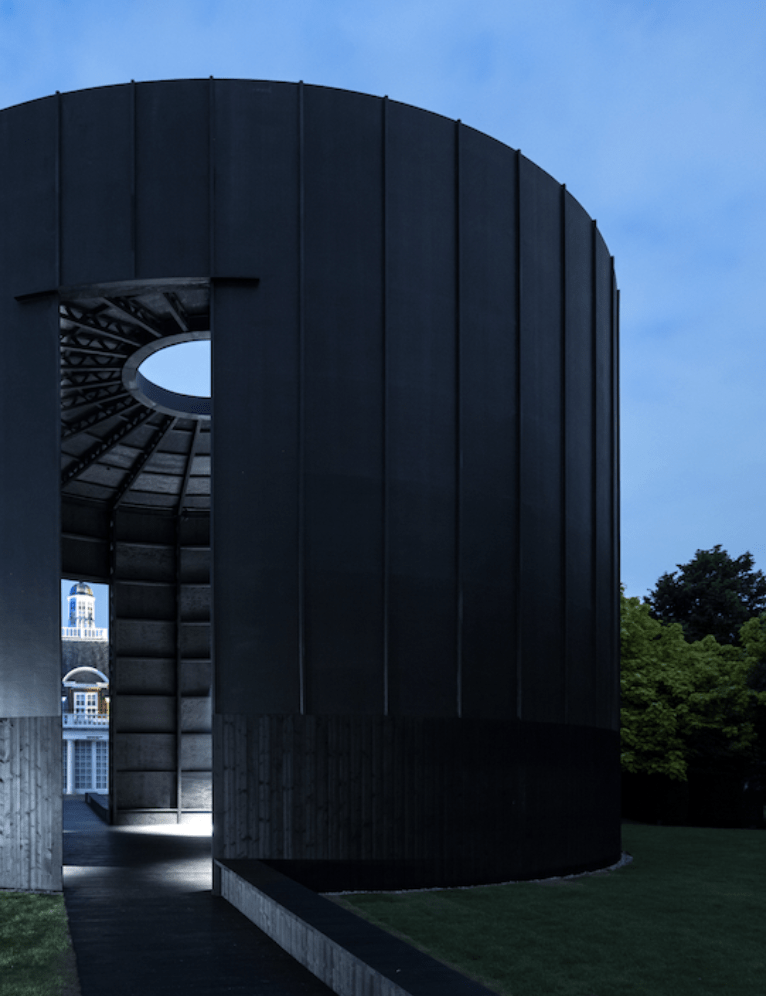Constructed between 1929 and 1931, Control Room A serves as a remarkable relic of early 20th-century engineering brilliance. Originally acting as the operational hub of Battersea Power Station, it played a crucial role in managing the distribution of electricity that powered London's bustling cityscape. From its inception, Control Room A wielded significant influence in shaping the urban fabric and sustaining essential services.


With its intricate controls and dials, Control Room A coordinated the flow of power across the capital, reaching from the lively streets of Carnaby to the dignified environs of Buckingham Palace and the esteemed chambers of the Houses of Parliament. Notably, the switchboard within Control Room A bore mysterious designations linked to Carnaby Street, hinting at covert codenames assigned to iconic landmarks.
During its peak, Battersea Power Station emerged as a formidable industrial powerhouse, supplying a substantial portion of London's electricity needs. From its vantage point, the Power Station's directors oversaw operations, ensuring the smooth functioning of Turbine Hall A and the dedicated efforts of its workforce.
A notable feature of Control Room A was the pioneering installation of double glazing, a technological marvel aimed at minimising noise pollution generated by the Power Station's operations. Today, visitors can gaze through these historic windows, observing a transformed landscape where British heritage intertwines with global innovation and entrepreneurial endeavour.


Control Room A has been meticulously restored to its former glory, preserving its original charm and architectural significance. Adorned with teak parquet flooring, walls clad in grey Italian marble complemented by black Belgian marble accents, and a magnificent, coffered glass ceiling painted in gold, the space exudes timeless elegance.
Every aspect of Control Room A, from its meticulously preserved controls to the accurately replicated dials and levers, reflects a bygone era of craftsmanship and precision. Even scars from the past, such as a wartime bomb that failed to detonate, serve as poignant reminders of the Power Station's resilience in the face of adversity.
Beyond its operational function, Control Room A has left an indelible mark on popular culture, featuring in iconic films such as "The King's Speech" and "Monty Python's The Meaning of Life." Its significance extends to distinguished visitors, including members of the royal family, who marvelled at its technological sophistication.
Adjacent to Control Room A lies Control Room B, now transformed into an immersive cocktail bar, showcasing the Power Station's evolution into a vibrant hub of leisure and entertainment.


As part of the larger narrative, Battersea Power Station stands as a testament to industrial prowess and architectural grandeur. Spanning two stages of construction, it remains one of Europe's largest brick structures, symbolizing endurance and heritage.
Despite facing challenges and undergoing transformations over the years, Battersea Power Station stands today as a beacon of revitalisation, driving the creation of a dynamic riverside neighbourhood in the heart of Central London.
With its doors reopened to the public after decades of dormancy, Battersea Power Station invites visitors to explore its rich history, where the past converges with the present, and innovation thrives.




